Media | Articles
4 obscure “longroof” station wagons to fall in love with all over again
The automotive enthusiast community has a love-hate relationship with station wagons over time, but is it actually a hate-now-love relationship? Because what was once the butt of many a joke in the 1980s and ’90s fizzled into obscurity, only to arrive in the classic car realm with a new name: Longroof.
Indeed, the vehicles that look like a family sedan but with a far longer, far more practical roof are fully in vogue. No longer beaten down by minivans, SUVs, and crossovers, these station wagons are not only part of a bigger trend in longroof appreciation, but surprisingly obscure examples (of an already modest automotive genre) exist, surviving a seemingly-expected fate atop the scrapheap. So here are four examples of such longroofs on Hagerty Marketplace, none of which are the usual players in this space. And who doesn’t love having an obscure example of an under-appreciated automotive genre?
1978 Dodge Aspen
The Dodge Aspen and Plymouth Volaré made their mark on society with several major quality concerns, but do you remember they also came in a longroof with Chrysler’s legendary slant-six “Leaning Tower of Power” under its downsized hood? This Aspen wagon has an automatic transmission, power steering, and air conditioning. The colors are pure Malaise-era perfection, as the seller lists its hue as “Tahini Tan” with a dark tan vinyl interior.
The interior looks very clean and original, only with a bluetooth-enabled radio as both a modification and concession to modern times. The Magnum 500 rims also come with the original hub caps, making this Aspen wagon one of the best ways to embrace the downsized lifestyle of the late 1970s.
Marketplace
Buy and sell classics with confidence
1986 Pontiac Parisienne
How could a General Motors station wagon be named after female denizens of France’s capital city, be sold in the United States and Canada, and get away with it? It probably has to do with the great bones underneath and the fact that it’s a catchy name no matter what. The Parisienne started life in Canada, but became a staple in stateside Pontiac dealerships by the time it was affixed to GM’s B-body as a coupe, sedan, and (wait for it) station wagon. Offering a bit more luxury and swagger than your average Caprice Estate, but not the ostentatiousness of the Buick Electra Estate Wagon, the Parisienne Wagon was perfect middle ground in a market that was rapidly contracting after the 1984 introduction of the Chrysler minivan.
But Pontiac persisted, keeping it around with a new name (Safari) until 1989. This example from 1986 sports a rather unconventional color scheme of sleek black paint, maroon cloth, and aftermarket wood-toned vinyl with blonde highlights. The list of expected interior features includes a rear-facing third row of seating, and is propelled by a 305-cid V-8 with a four-barrel carb. The seller states that every electronic assist works as intended, aside from the radio and cruise control, which is “spotty.” Like many GM products of the era, the bumper fillers need replacement, but a set of repair manuals are included with the wagon.
1963 Pontiac Catalina Safari
Wait, we have two Pontiac station wagons on Hagerty Marketplace? While Pontiac made the previous example into a throwback “Safari” towards the end of production, this 1963 example is a better representative of what made Pontiac’s longroof more appealing in the wagon’s heyday. This particular Catalina body was a big stylistic influence for the second-generation Pontiac Tempest, which became the GTO. (You can see it most in the split grille and stacked headlights.) Who wouldn’t want a family hauler with the style and street presence of Pontiac’s seminal creation for muscle car fans around the world?
This example sports Pontiac’s 389-cubic-inch “Trophy” V-8 with the standard two-barrel carburetor and an automatic transmission. The seller states that 18,446 Catalina Safaris were built, and he has collected significant amounts of documentation to prove the vehicle’s authenticity. There’s fresh paint and a redone interior, along with a promise of further improvements, as the owner states that items “like the dome light don’t work, but I’m slowly addressing things.”
1987 Mercedes-Benz 300TD
No list of obscure station wagons for sale in America is complete without a diesel Mercedes-Benz wagon, right? But unlike your average, chrome-laden Germanic oil burner from the 1970s (the ones that put the brand on the map in America), this is a later 300TD based on the modern W124 chassis. Cutting edge at the time and still a stunning drive by modern car standards, adding a longroof and a turbo diesel engine to the W124 only makes it cooler. Maybe even cooler than the high-performance 500E?
This example has a whopping 425,000 miles but sports its original paint and interior. The owner stopped using it as a daily driver in 2013, but it comes with many restoration parts and previously serviced it with a “local Mercedes Specialist.” At this price, this W124 could make for a great project car that will take advantage of the diesel longroof’s long term profit potential, as they seemingly become even more popular over time.
HI-TOP LONGROOF: 1997 Chevrolet Express
Clearly this isn’t a wagon, but it’s one heckuva long roof. The fullsize van has one of the best ratios of roof to (engine compartment) hood in the universe, and this one has the “high top” conversion that includes enough headroom for most folks to stand up inside the van’s massive cabin. The 1995-up Chevrolet Express and GMC Savana take all the best of van culture and pair it with modern day truck hardware.
While this older example lacks the LS-series engines, the Vortec 5.7-liter V-8 is no slouch for family hauling and can easily be souped up with bolt-ons, if a hot-rod long roof is in order? This example does need some attention after 289,000 miles and 25 years on the road, but the hi-top roof has a power-operated rear bed/seat, rear HVAC, wood trim, and accent lighting under its elevated cover. You can make a scene with a longroof these days, but there’s only one way to literally raise the roof at a car show.
Check out the Hagerty Media homepage so you don’t miss a single story, or better yet, bookmark it.
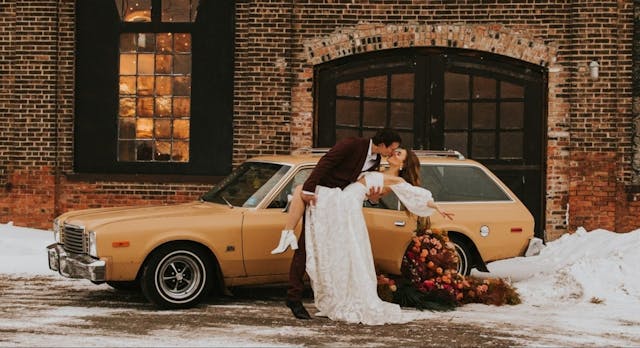
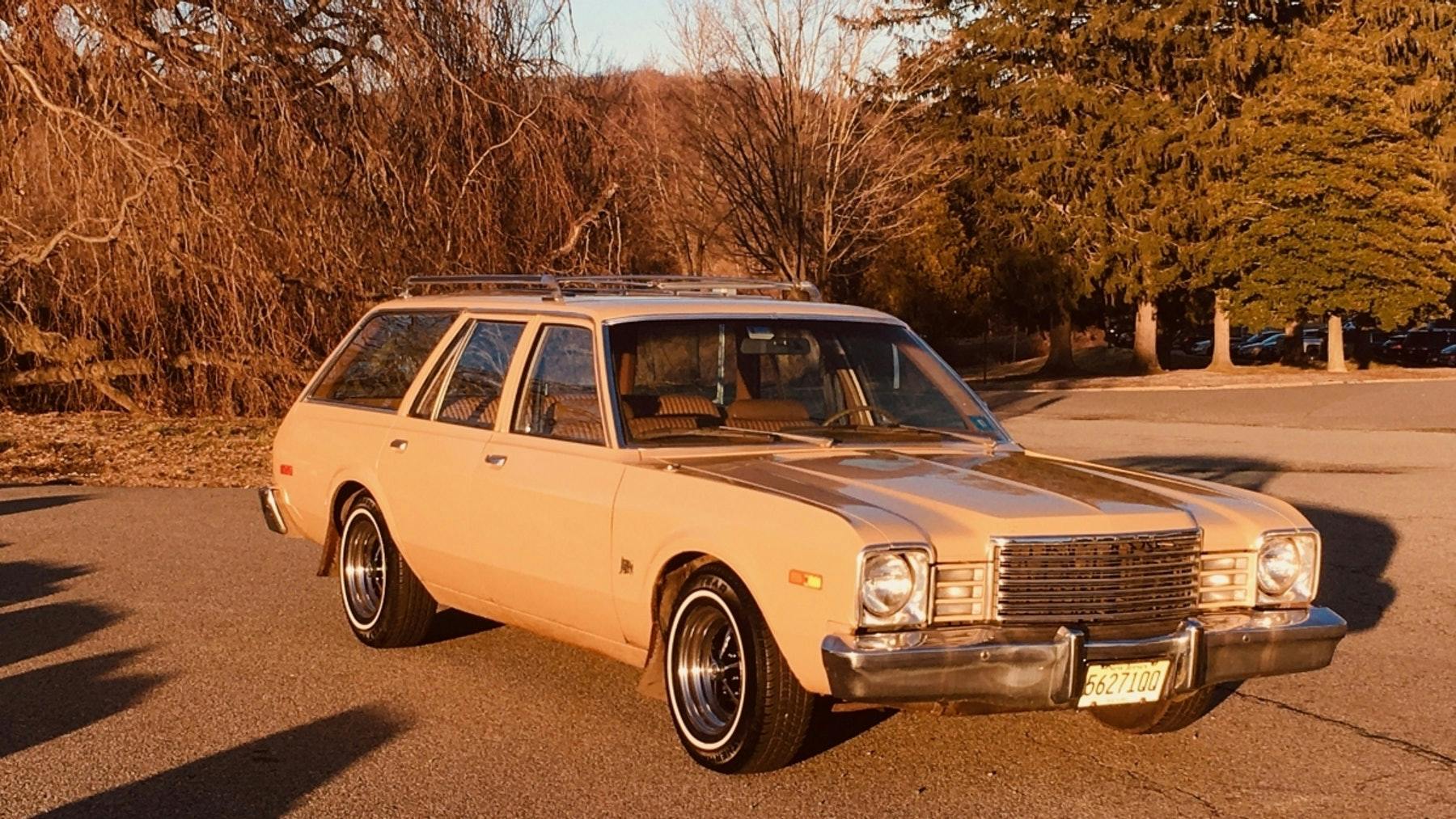
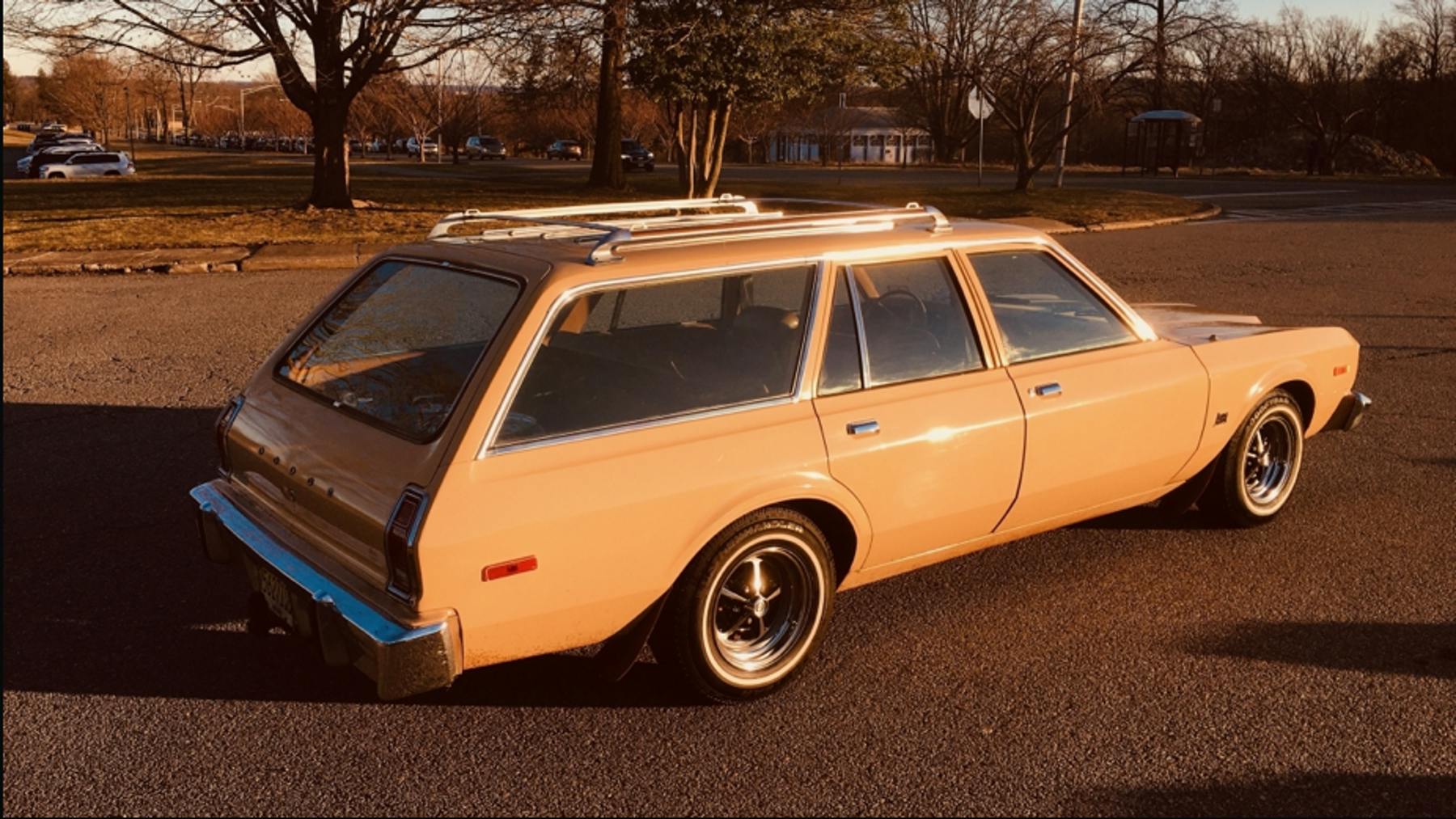
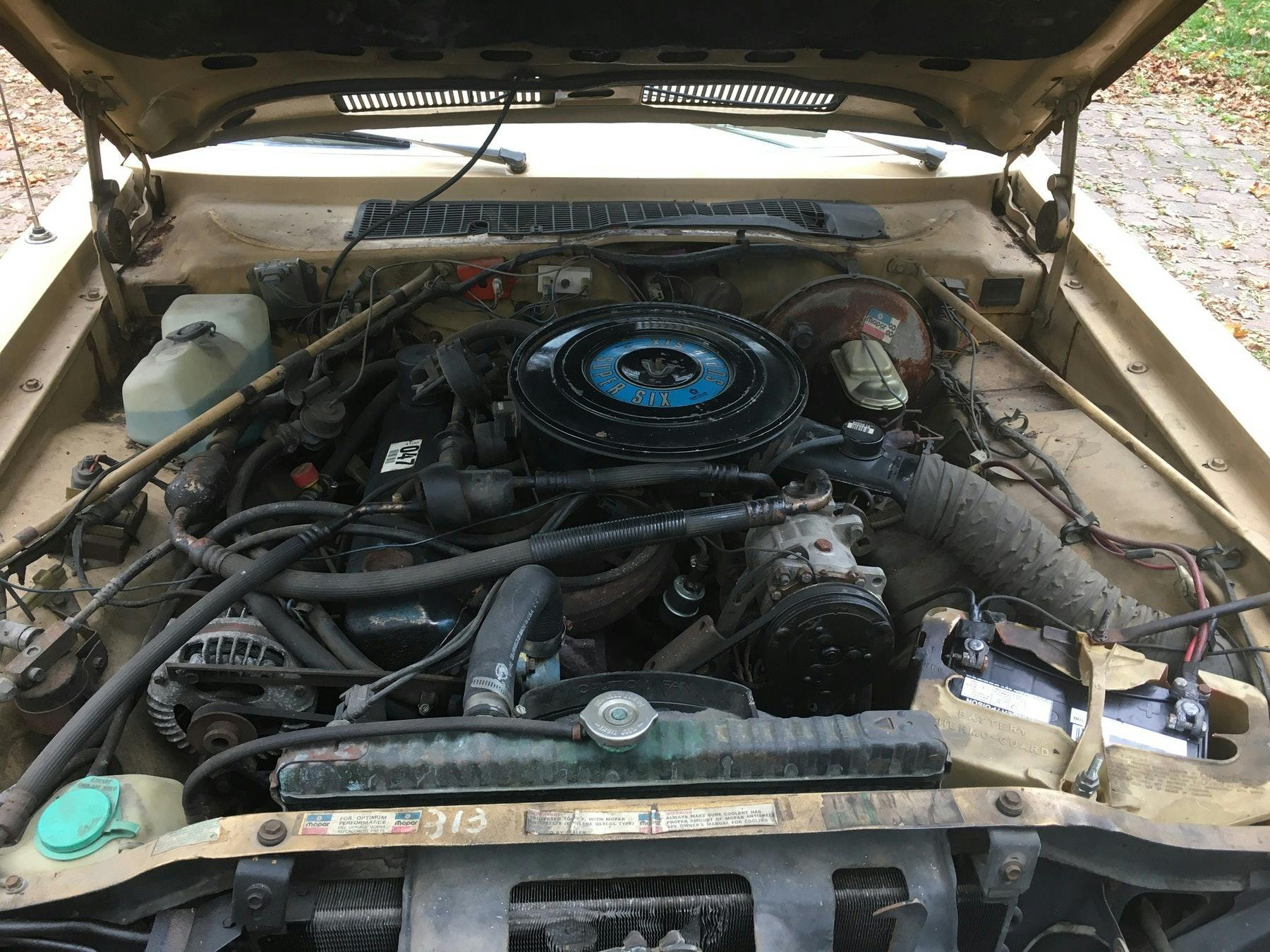



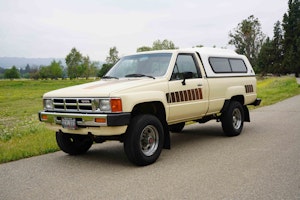

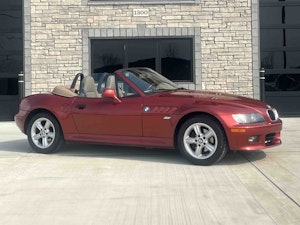
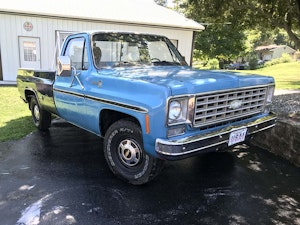


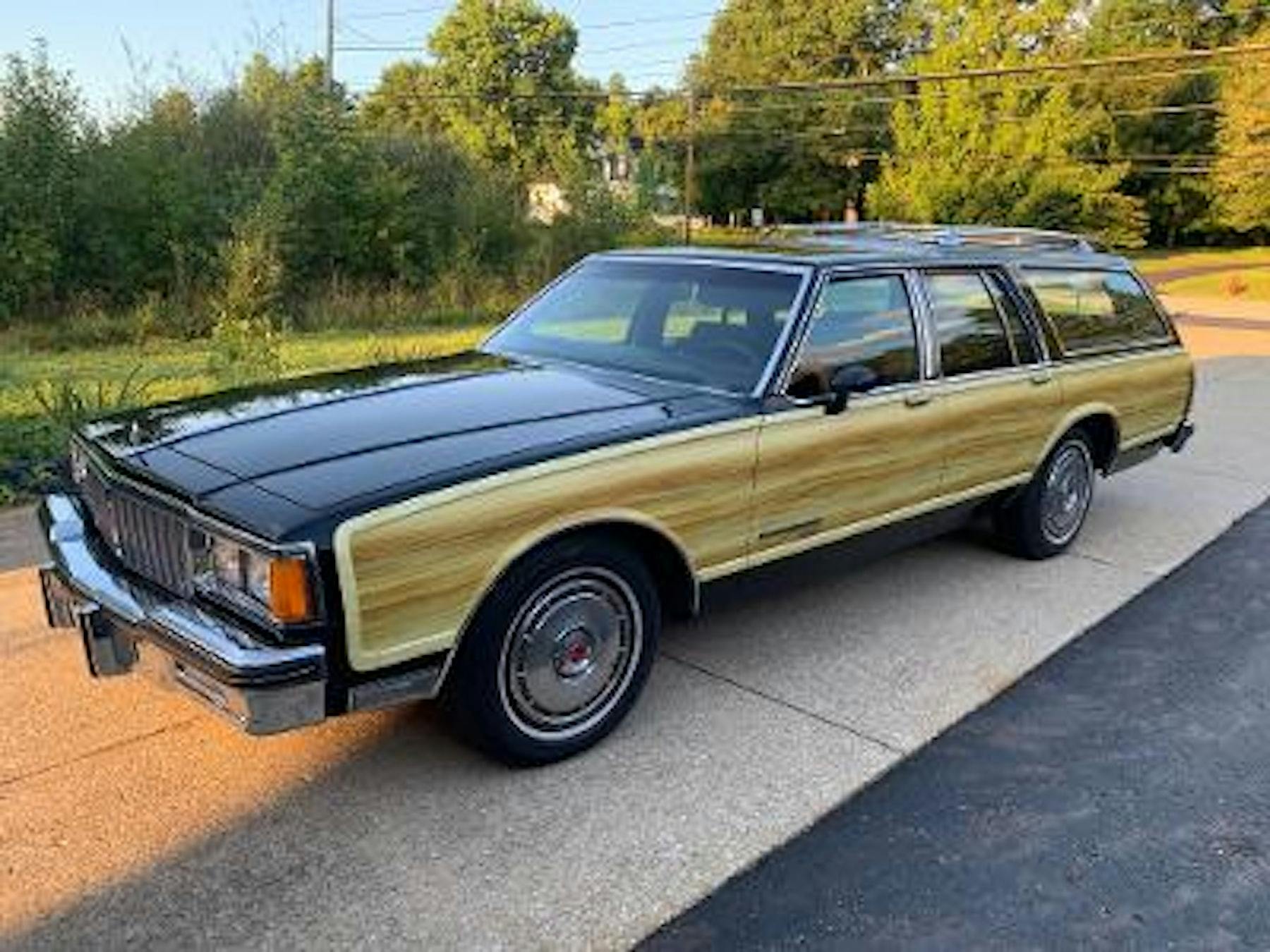
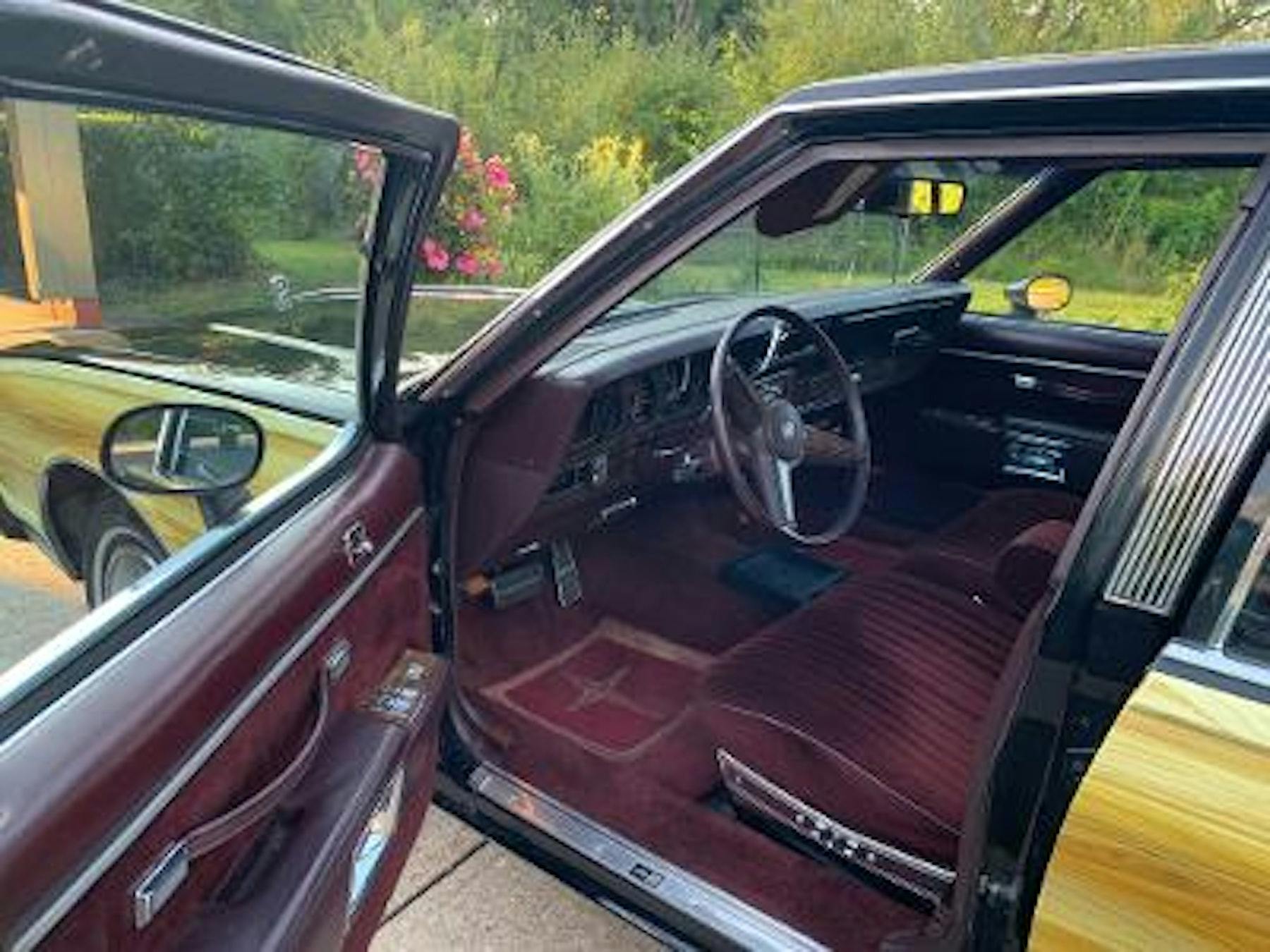
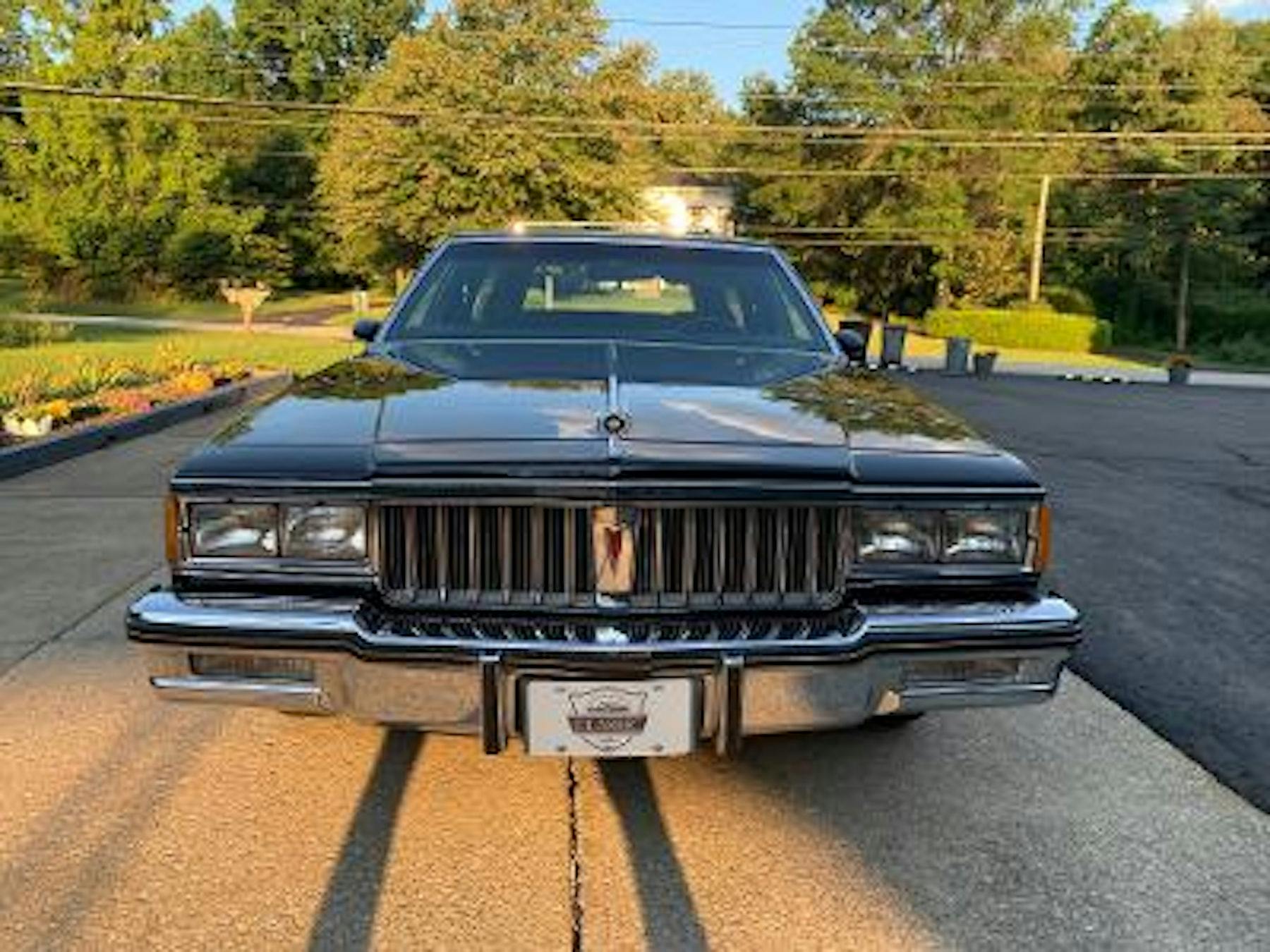

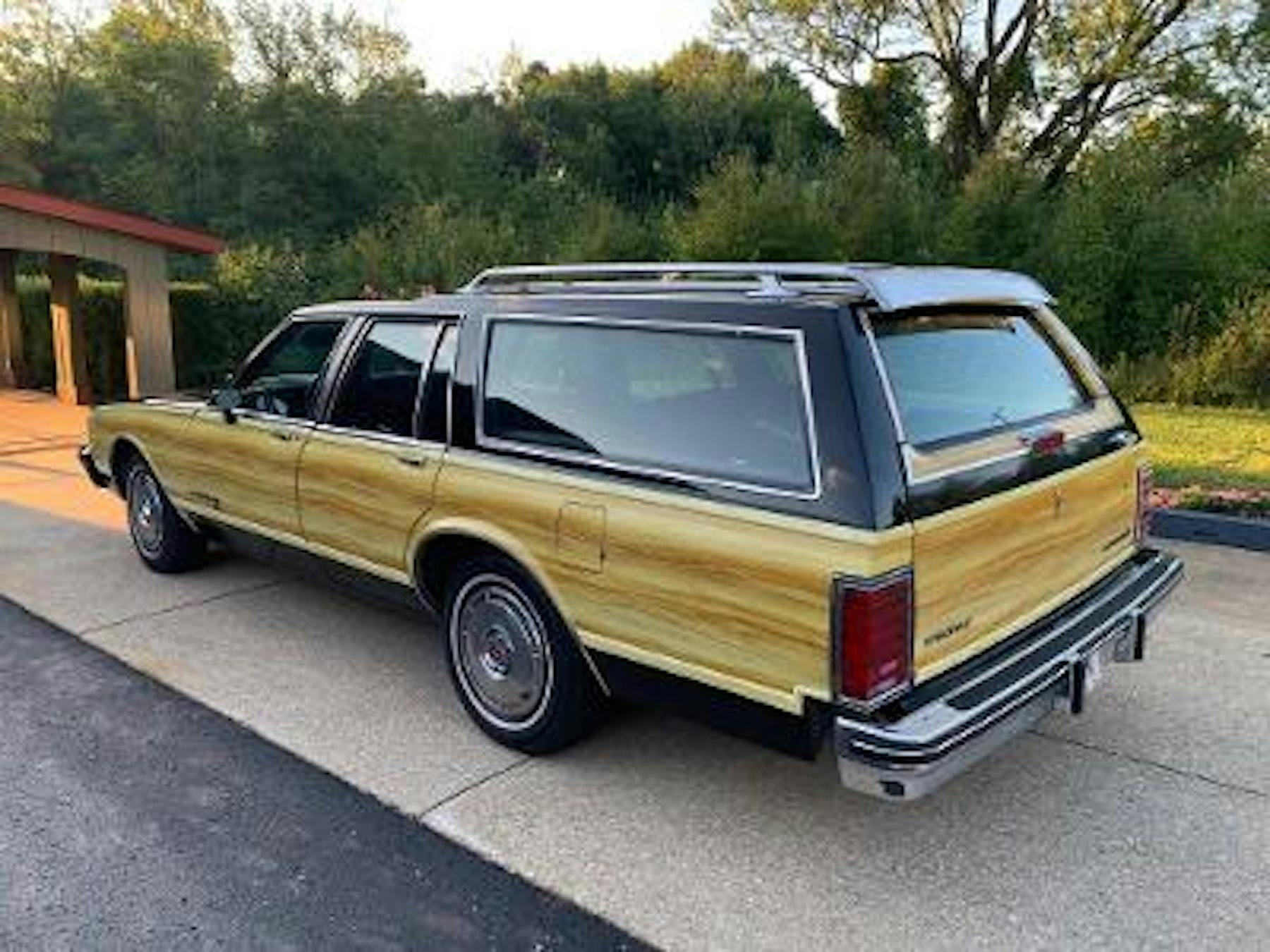

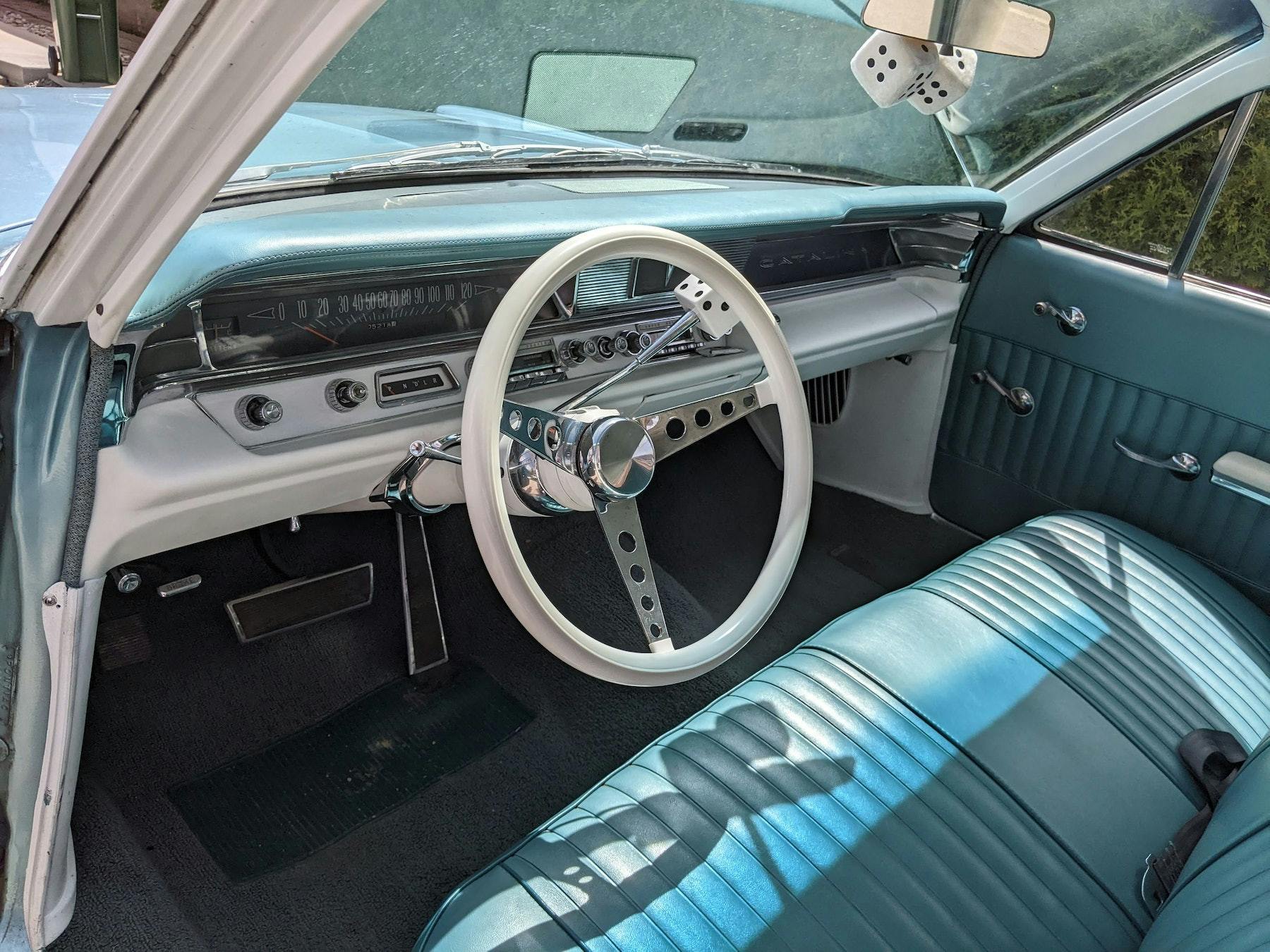
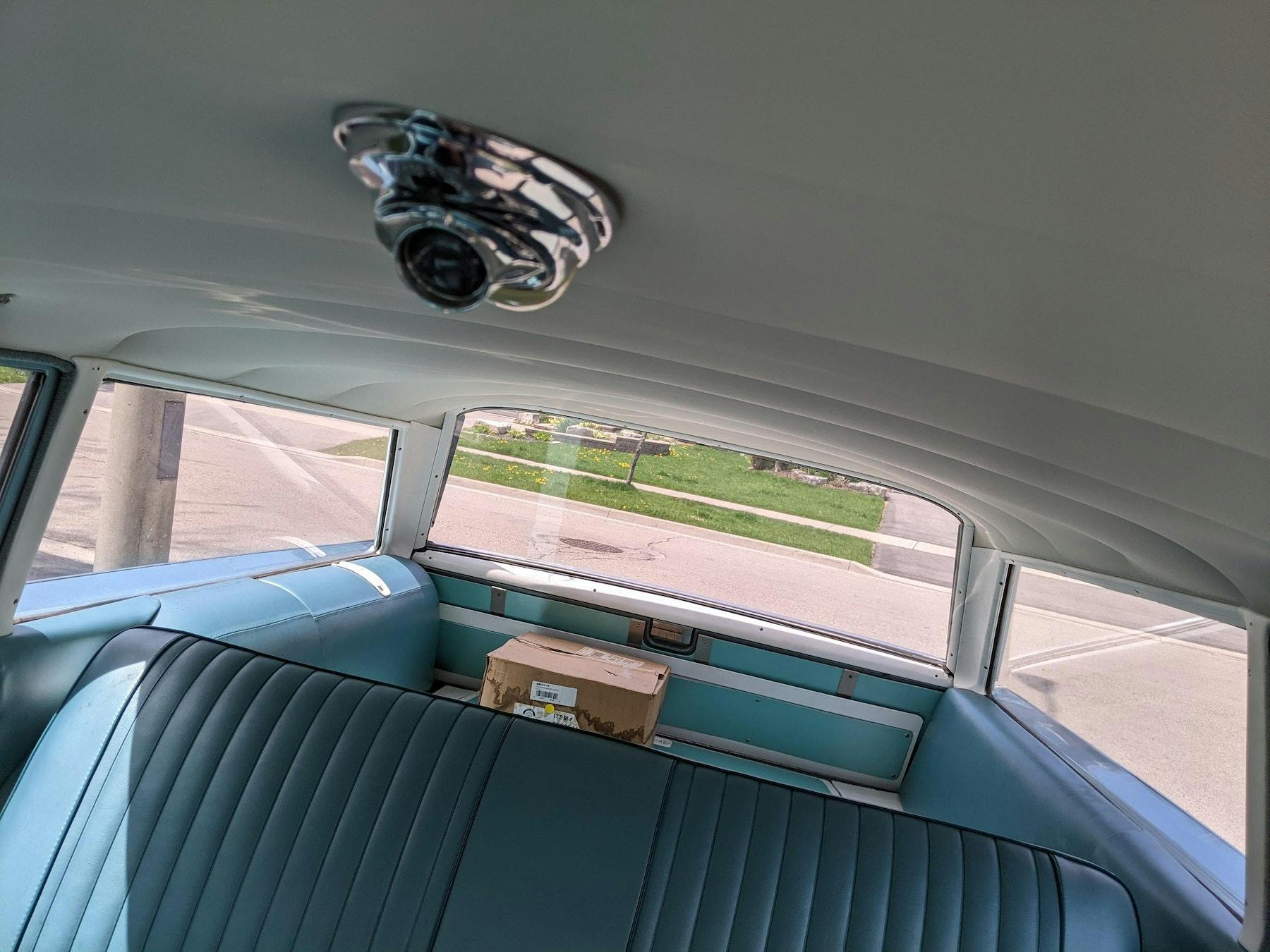
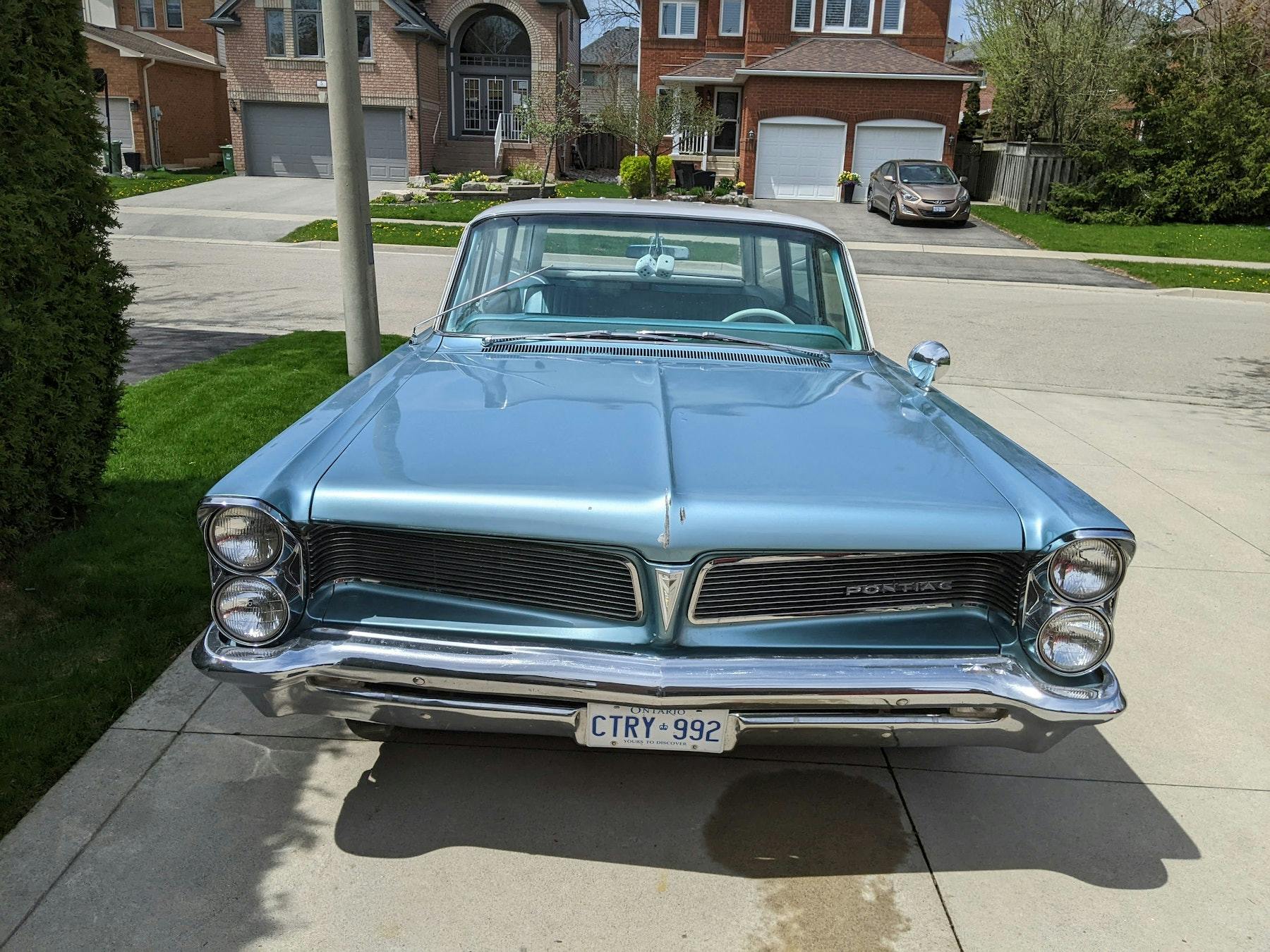
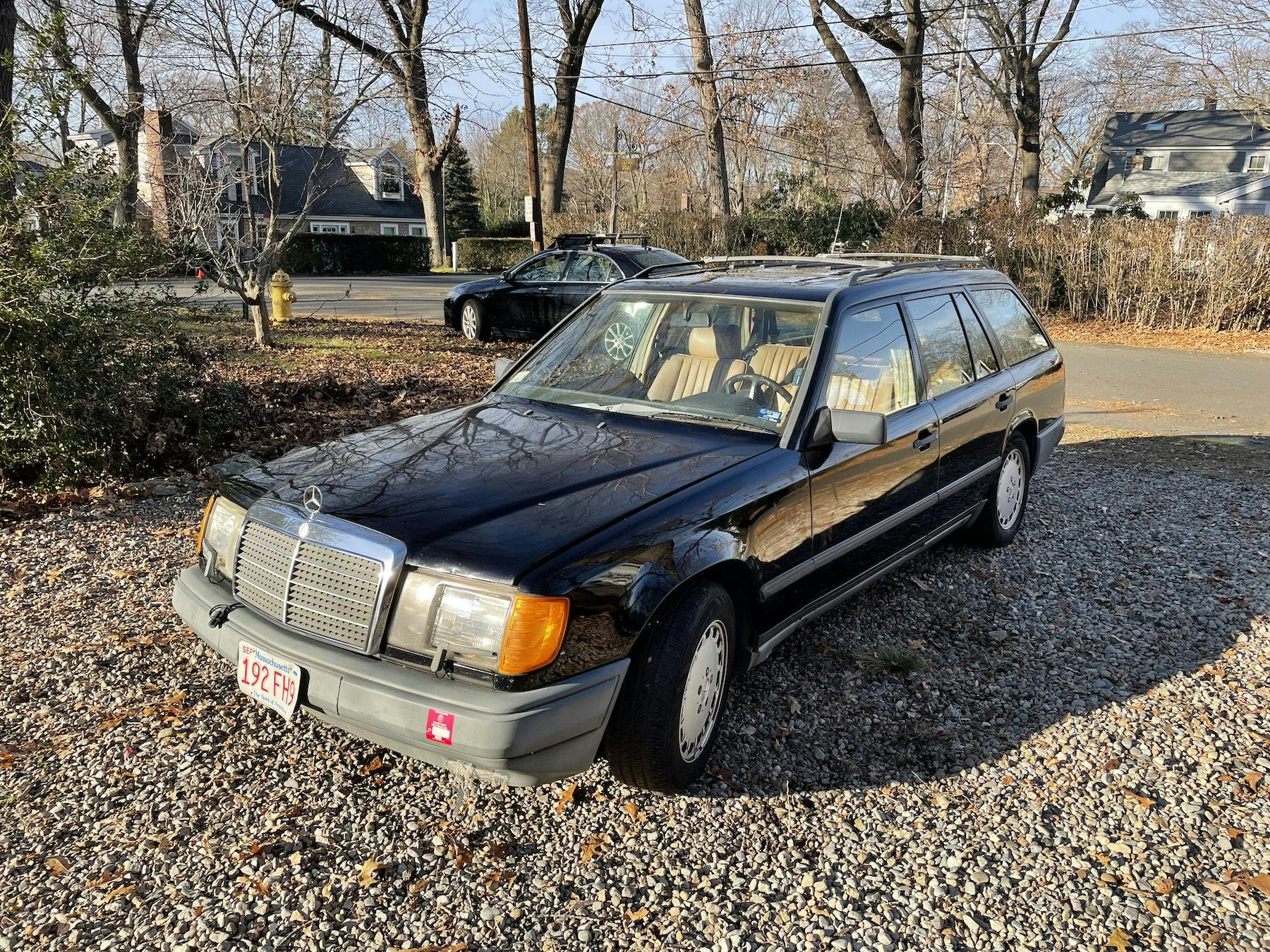
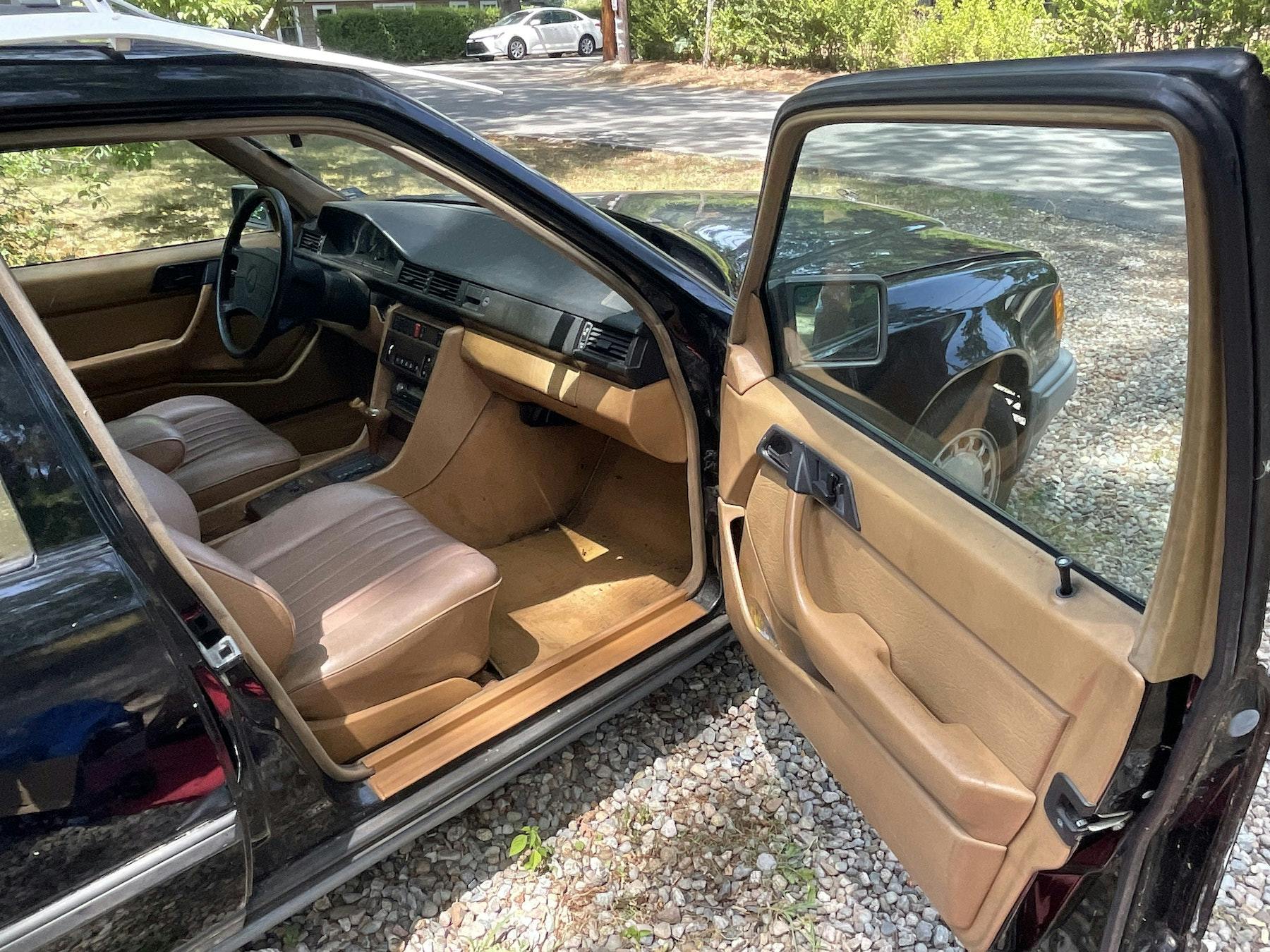

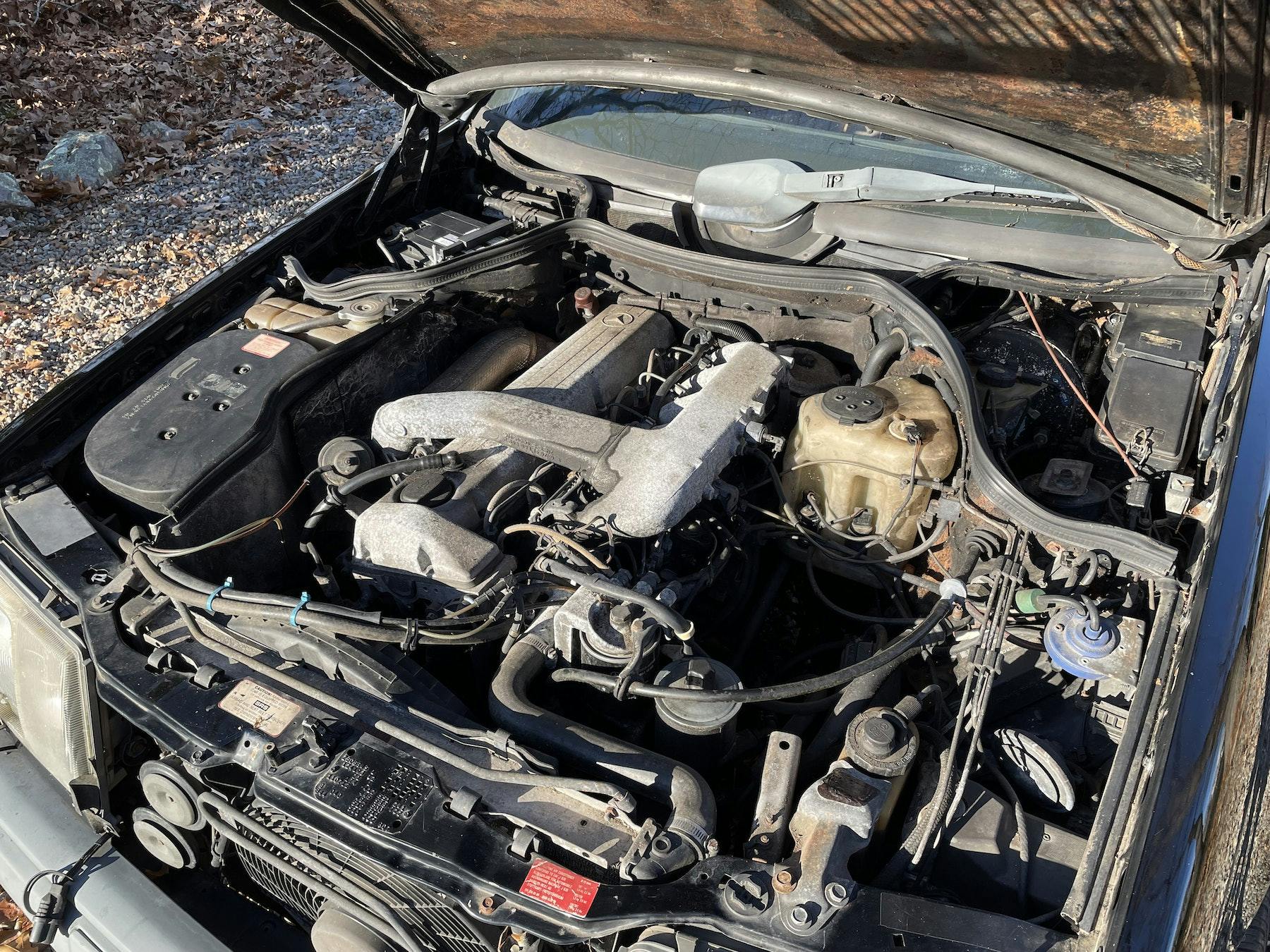
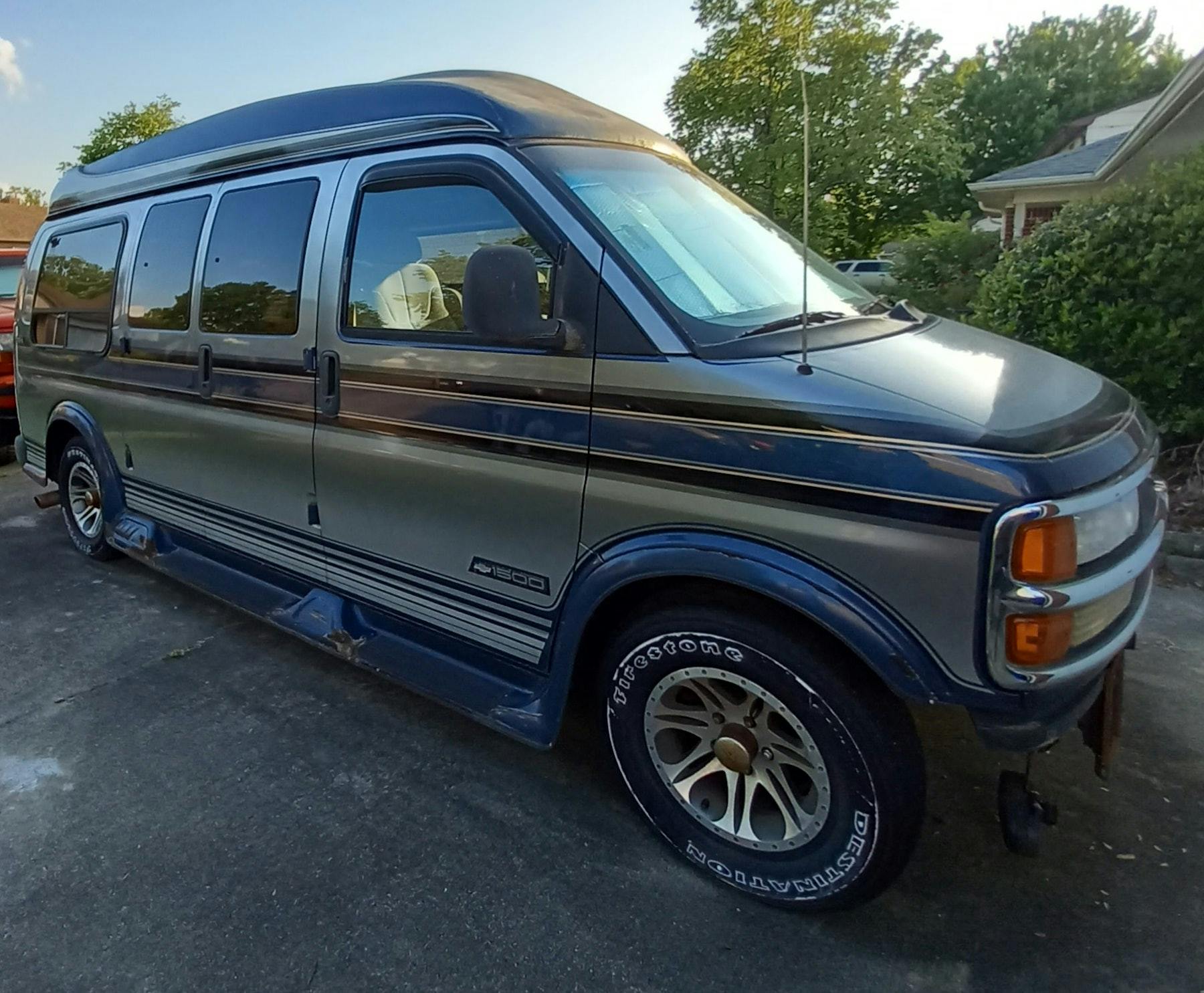
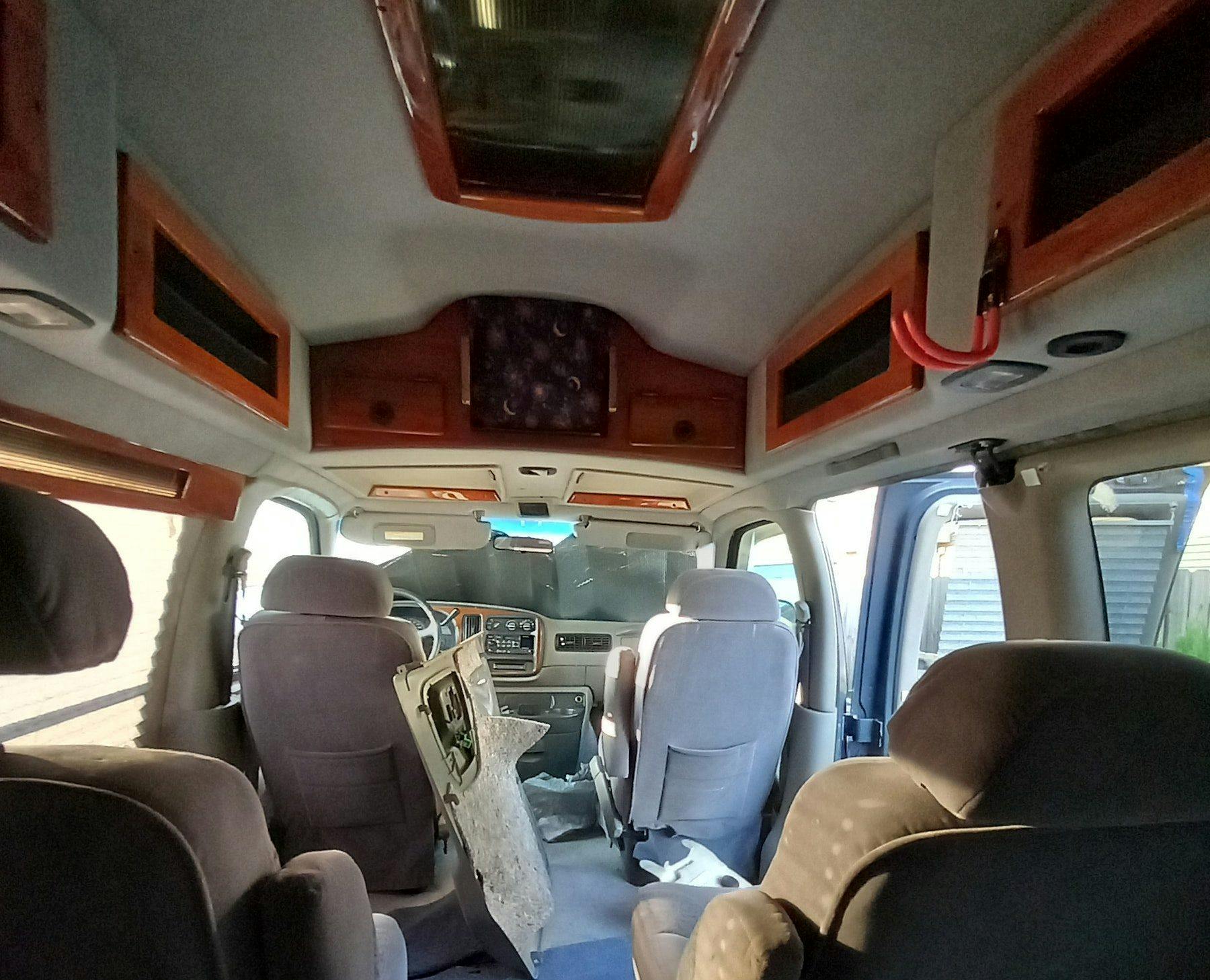





















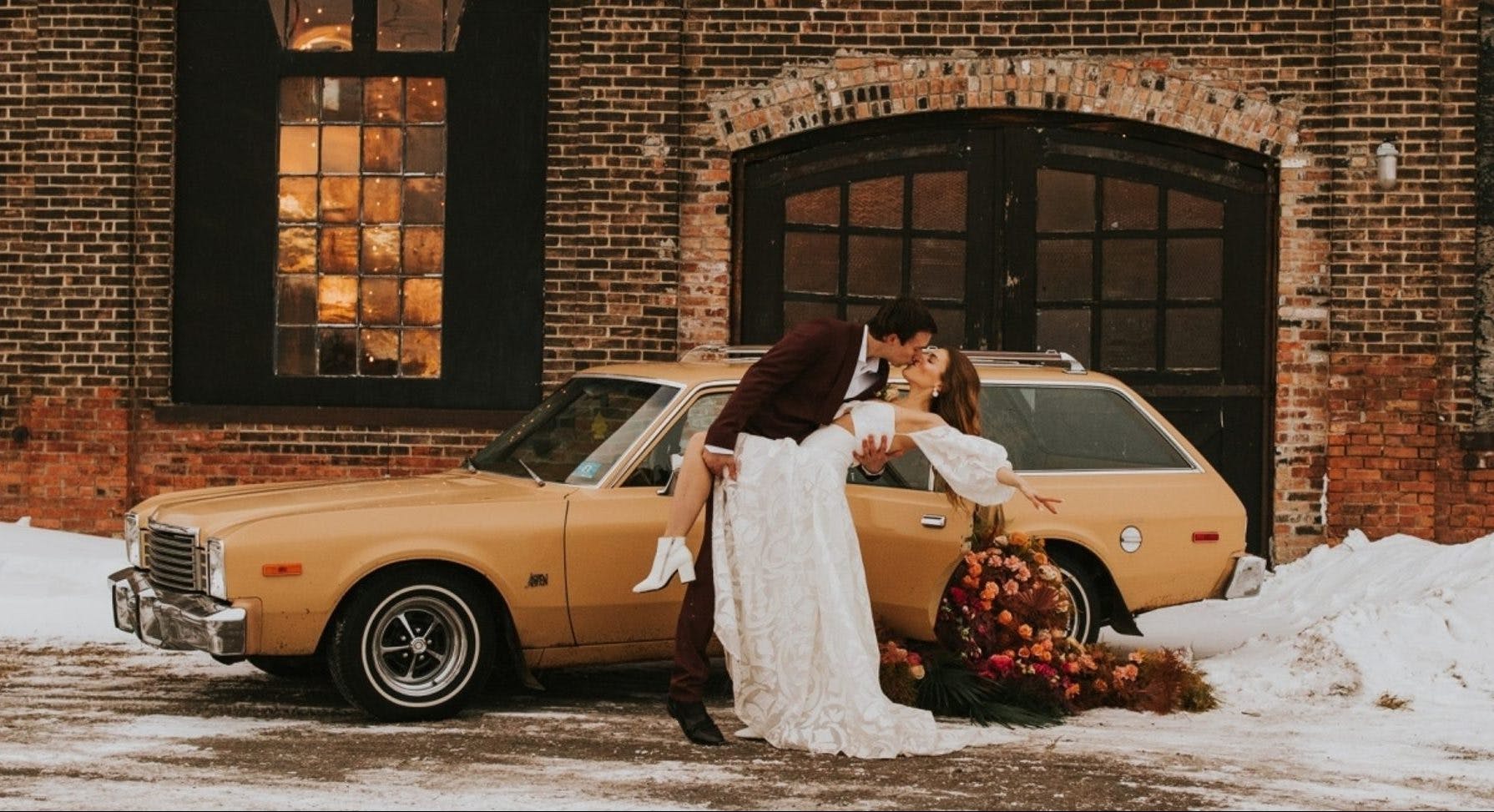
I’m surprised that the Taurus/Sable wagons were not mentioned. Talk about game changers in this segment. When they launched, the Audi wagon was the high bar for styling and accoutrements, until…
My parents had a faux-wood-grained Chrysler Town & Country of the same vintage as the Aspen shown here, and it was my mother’s favorite car of all the ones my father (Chrysler exec) brought home. It did seem much higher quality than the Aspens and Volares we had.
GEEZ… None of those are fun to drive, save maybe the well built and competent Mercedes. Any Mercedes wagon, especially the desirable E series would be my choice for an older wagon. My nephew put a C36 AMG engine into his E Class. Nice car…
Otherwise, the Porsche long roof Panamera, Cadillac CTS-V, with a 6 speed… You know, a performance sedan with a “long roof”.
The rest of these are the same old boring American sedans that didn’t handle, and were not particularly good performers and known for poor quality and rust. All these do is turn fun into boredom, maintenance and high fuel costs.
Honestly, you missed more than you posted, which is really sad. Worse, stuffing a van in at the end was just plain wrong.
I agree the Taurus wagon was a real stylistic ‘game changer’ when it was introduced. But of course you missed it. We had an AMC Hornet wagon which was quite the ‘sleeper’… it had a small block v-8 in what was a 6 cyl body and it could really accelerate.
We also had a Volare wagon, which was I suspect the heaviest vehicle ever sold by Detroit. I swear that thing weighted more than a dwarf star, especially when trying to stop on icy Canadian roads!!!
Of this lot, I’d take the Parisienne for sure. My uncle was a GM exec in the 80’s and 90’s and so my aunt had a new B-body sedan every year. She had them all (Caprice’s, Parisienne’s, Delta 88’s and LeSabre’s). Loved all those cars.
The MB is nice as well but has too many miles. The Aspen also brings back memories (none of them good) of a neighbor who had one – a nice, elderly couple who despite keeping their cars immaculate, it would barely run in the rain and started rusting only a few months after bringing it home new.
The Benz, in it’s day, was worth having. The ‘63 Poncho oozes cool. Th3 rest was a waste of virtual ink.
I have many childhood memories of our brand new Volare’ wagon being broke down on the side of the road. It was the source of much quality time for my family.
Back in the 60’s the wagon was the tow vehicle of choice. At Mosport I saw a ’62 Catalina that had 421 tri-power, 4-speed, A/C, power everything, the 8 bolt wheels, made the Ferrari it was trailering look like a dog’s breakfast. Belonged to Charles Dietrich(?)
Full size wagons handled 4X8 sheets of plywood, try that in one of today’s house sized pick-ups!!!!
All four are obscure for a good reason and deserve to remain obscure
What are these sellers smoking?? If you find the guy willing to pay even 1/4 of the Parisienne asking price please let me know. There’s a bridge in Brooklyn I have to sell to him
I’m at O’fest in La Quinta, I have only seen one wagon, a 328i. You will have to pry the keys for my ’05 325iT from my cold, dead hands. There seems to be little appreciation today for a quick nimble car of any sort. I just don’t get it. These shown wagons maybe part of it, lumbering, poor handling, poor stopping and frankly poor QC. Except for the MB but still slow.
We are throwing the lunched GM auto trans in the trash where it belongs and putting a 5 speed in my sons 99 BMW wagon . That’s going be a keeper to go with our other 2 wagons -85 300 TD and 92 300TD gas.
The w 124 Benz is a good vehicle but the one you have has way too many miles. The Volare/Aspen were junk when new as I worked for Mopar and watched them rust on the lot. Warranty claims, law suits anyone ? The 225 slant six was a slug and squeezed to death by smog regs. A sixties truck/van version was a jewel. I saw one in a mid sixties Mercedes with webers ….now that was cool! My 85 300TD has 315 k and I can here it rusting from here …. It came from Ca and started out clear but Ohio has wounded it!
My 69 Plymouth Belvedere wagon with added 1956 354 hemi fits the model assessment? It was originally a 318 which I still have. I really enjoy it!
I was hoping to see a 63 Catalina listed and you didn’t disappoint. The speedo was a so soothing sea green with an light orange needle. The wagon didn’t have that bulky look like most. It looked like it would knife thru anything in it’s path. Even with the stock 389, it had plenty of pull.
Parents bought a ’77 Aspen wagon with 318 automatic. Dad wanted the six but the only one on the lot with a 6 was white so V8 is what we got. The car was an absolute turd. Had surface rust around the tail lights from new that the dealer fixed. Alternator died, front caliper locked up in the first year. Had rust holes in the tops of the front fenders at less than five years. Went through three carbs. before I got one that worked well. The plastic in the glove box didn’t fill the mold so there was a ragged hole in the back and they left off the glove box door bumpers. The back seat bottom rattled so much, it came from the factory with a piece of foam jammed in the gap. The paint on the rockers was full of runs and the door jamb paint was so rough, you couldn’t wax them. Couldn’t keep front end alignment so it ate tires. When the car was ten years old, I tossed the rusted front fenders for better ones from the salvage yard, cut off the bottoms of the quarters and built new with sheet metal and Bondo followed by a Maaco repaint (much superior to the factory paint). The car only had 56,000 miles on it when mom got rid of it in 1983 (trans was starting to go and the unibody frame rails had rust through). I actually liked the way the car drove and it held a lot of stuff, but WHAT A PILE! Good luck finding one for sale. Most turned back to dust by the late 80’s. The one in the article photo has rust that I can see. Before the Dodge, parents had a red ’76 AMC Sportabout with three on the tree. Good looking car but parents had killed the clutch in the first year and it had stalling problems from the new for that year electronic ignition that no-one could figure out. Saw a service bulletin some years later that said that when a CB radio keyed up close by, it interfered with the ignition (CB’s were big in the mid 70’s). The factory came up with a shield that went under the distributor cap. Fix came too late for us as it was traded for the Aspen. I had a ’68 Vista Cruiser with 400 in it in ’81. It was an absolute rusty pile when I got it to use to haul parts when I had my ’69 Chevelle engine out. Ran on seven cylinders. Rocker arms got no oil so I kept them greased with bearing grease and had a sack full of spares for when they got too loud. Gas tank rusted out which ended that car’s life in 1986 as there weren’t any replacements to be had. Pulled the 400 and found the timing chain sprocket plastic teeth all in the oil pan and pump pick up. It still would fry the tires up the street. Wish I could have kept it.